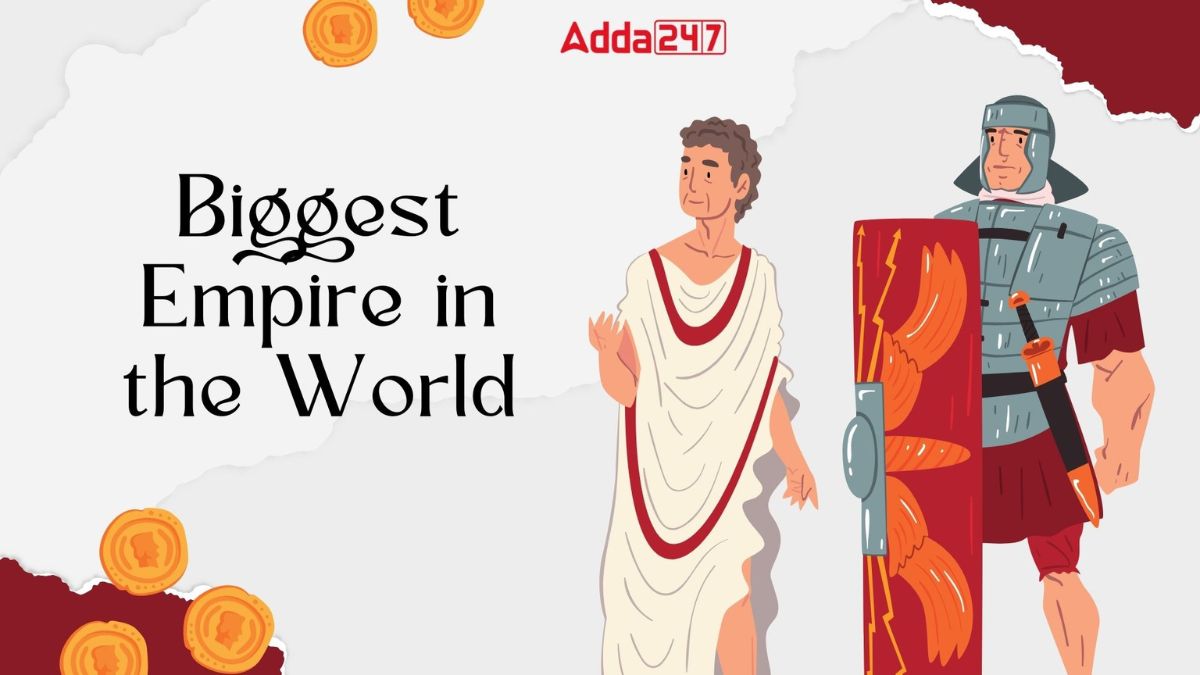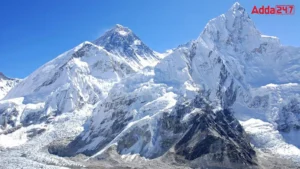Throughout history, empires have emerged and declined, profoundly impacting the development of civilizations. These expansive and mighty realms have molded the world in countless ways, affecting culture, politics, and commerce. In this article, we will delve into the ten largest empires in world history, exploring their territorial reach, cultural contributions, and historical importance.
World’s Largest Empire
The British Empire played a major role in shaping world history, leaving lasting effects on language, culture, trade, and international relations. It was built over centuries through colonization, wars, and commerce, reaching its greatest size in the 19th century. At its peak, the empire covered about 13.71 million square miles, nearly a quarter of the Earth’s land, making it the largest empire in history by both area and population.
The famous saying, “The sun never sets on the British Empire,” highlighted its global reach, with colonies scattered worldwide. However, following World War II, British imperialism underwent a decline, leading to the relinquishment of numerous colonial holdings. Despite this, the legacy of the British Empire persists, profoundly influencing the modern world. Today, the United Kingdom remains a formidable player in global affairs, a testament to the enduring impact of its once-mighty imperial reach.
Key Facts Related to the Biggest Empire of the World
Here are some of the key facts related to the biggest empire in the world:
- In 1913, the British Empire governed 23% of the global population, totaling 412 million people.
- The British Empire, the largest in history, peaked in 1920, spanning an immense 71 million square miles, nearly a quarter of the Earth’s land area.
- Referred to as “the empire on which the sun never sets,” the British Empire’s influence reached across the globe.
- Despite its vastness, the British Empire saw its decline, and today, it consists of 14 small territories, including the Falkland Islands and Gibraltar.
- The Mongol Empire, existing in the 13th and 14th centuries, is recognized as the largest contiguous land empire, covering 9.27 million square miles.
- Originating in Mongolia, the Mongol Empire stretched from Eastern Europe to the Sea of Japan and into the Indian subcontinent and the Middle East.
- The Russian Empire, ranking third in size, reached a peak land area of 8 million square miles.
Top-10 Biggest Empires in the World
The British Empire, with the total extend of 13.71 million square miles, holds the title of the biggest empire in the world, followed by Mongol Empire, Russian Empire, Qing Dynasty, Spanish Empire, and Second French colonial Empire.
Here is the list of top-10 biggest empires in the world:
| Largest Empires in the World | |||
| Rank | Empire | Extend (in sq. mi) | % of World Land Area |
| 1. | British Empire | 13.71 million | 26.35% |
| 2. | Mongol Empire | 9.27 million | 17.81% |
| 3. | Russian Empire | 8.8 million | 16.92% |
| 4. | Qing Dynasty | 5.68 million | 10.91% |
| 5. | Spanish Empire | 5.29 million | 10.17% |
| 6. | Second French Colonial Empire | 4.44 million | 8.53% |
| 7. | Abbasid Caliphate | 4.29 million | 8.24% |
| 8. | Umayyad Caliphate | 4.29 million | 8.24% |
| 9. | Yuan Dynasty | 4.25 million | 8.16% |
| 10. | Xiongnu Empire | 3.47 million | 6.68% |
World’s Biggest Empire – The British Empire
Land Area: 13.71 million square mi
The British Empire, spanning 13.71 million square miles, represented over 22% of the Earth’s landmass and housed 458 million people by 1938, constituting over 20% of the global population. Evolving from colonies and trading posts to dominions and protectorates, the empire faced its demise after the financial strain of World War I. The impact of Japan’s occupation during World War II and the loss of India in 1947 marked the conclusion of the once-mighty British Empire.
Second Largest Empire of the World – The Mongol Empire
Land Area: 9.27 million square mi
The Mongol Empire, spanning 9.27 million square miles, constituted over 16% of the Earth’s landmass, with a population of 110 million people from 1270 to 1309, surpassing 25% of the world’s populace. As the largest contiguous empire, it originated under Genghis Khan, blending Mongol and Turkish tribes. Marked by technological and ideological advancements, the empire faced a gradual decline starting in 1331 with the onset of the Black Death, ultimately leading to its annexation by Russia in 1783.
Third Biggest Empire of the World- The Russian Empire
Land Area: 8.8 million square mi
Spanning 8.8 million square miles, the Russian Empire comprised over 15% of the Earth’s landmass, hosting a population of 176.4 million in 1913, surpassing 9% of the global populace. As the last absolute monarchy in Europe and a pre-World War I European great power, Russia maintained a society divided into five distinct social estates. The empire’s demise occurred with the tumultuous Russian Revolution of 1917, marking the conclusion of its historical influence.




 Which Glacier is the Source of the Brahm...
Which Glacier is the Source of the Brahm...
 Which City of Germany is Known as the Gr...
Which City of Germany is Known as the Gr...
 Which Peak is Known as the Five Treasure...
Which Peak is Known as the Five Treasure...







